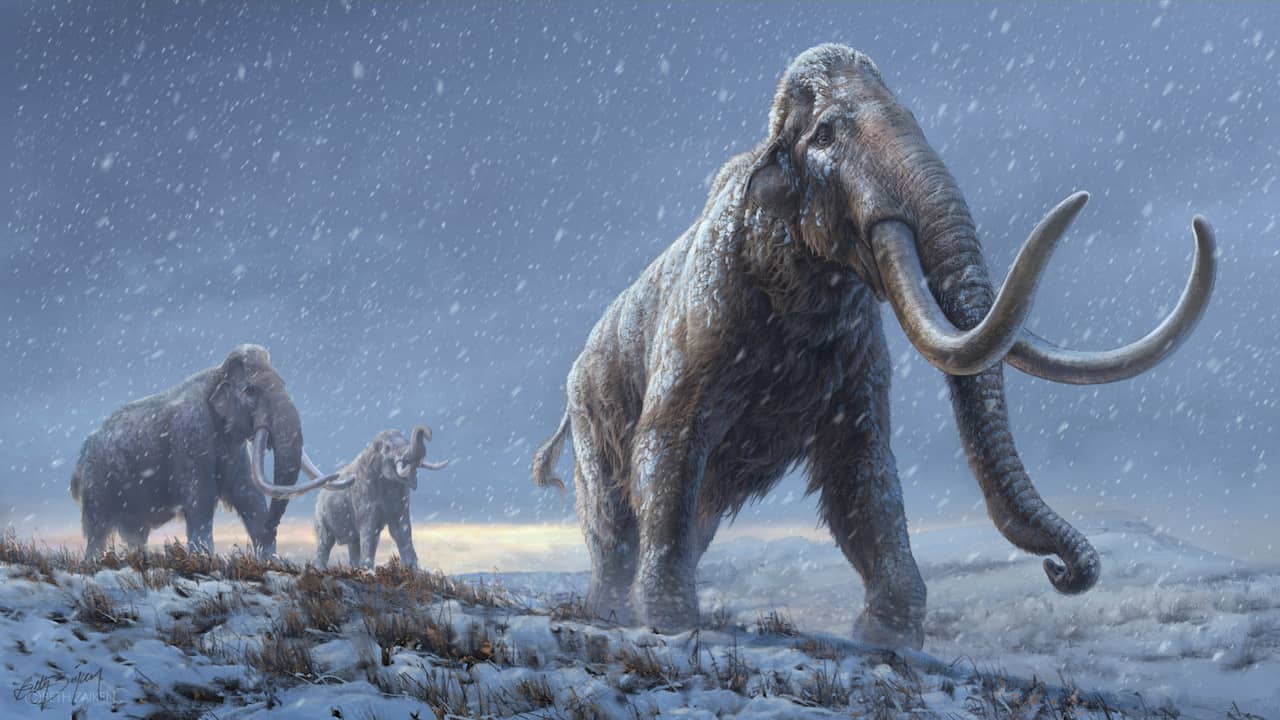Scientists have managed to unravel the oldest DNA ever. This concerns hereditary material from mammoths, which roamed around in Siberia up to 1.6 million years ago, the Swedish researchers announced on Wednesday.
So far, the oldest DNA found was from a horse that had lived in Canada about 700,000 years ago.
To arrive at their findings, the researchers looked at the remains of three different mammoths. These distant ancestors of our current elephants were buried in permafrost. The animals have been excellently preserved in this frozen surface.
The mammoth remains were discovered in the 1970s, but science at that time did not yet have the right means to ‘read’ the DNA – the main carrier of hereditary information.
Bones and skeletons don’t tell the whole story
The DNA in the mammoth molars had disintegrated into “extremely small pieces,” over the past hundreds of thousands of years, says lead investigator and evolutionary scientist Love Dalén of the Center for Paleogenetics in Sweden. To put the DNA back together, his team had to piece together billions of ultra-small pieces.
Now that this puzzle has been completed, scientists can learn more about the mammoths. Most of the knowledge of prehistoric animals has been gained from the discovery of skeletons and bones, but they don’t tell the whole story, says Dalén.
“Analyzes of bones and teeth only provide researchers with information about a handful of features, while DNA can reveal many tens of thousands of features,” he says.
Mammoths walked across lost land bridge
By comparing the DNA found with DNA from younger mammoth species, scientists can investigate how the species related genetically to each other. For example, the Swedish researchers have already discovered that ‘their mammoths’ were directly related to the specimens that walked from Siberia to North America about 1.5 million years ago over a now-vanished land bridge.
The genetic material may also provide insight into the origins of mammoths. In addition, the mammoth DNA can probably tell more about the characteristic hair that the primeval elephants had and how they continuously adapted to climate changes over the centuries.
The study has been published in the leading scientific journal Nature.
– .


